Ukraine’s Crimea lies at the heart of Russia’s invasion – and Trump’s peace plan
Donald Trump’s strained efforts to end the war in Ukraine face Vladimir Putin’s determination to keep the Black Sea peninsula at the heart of his national project.
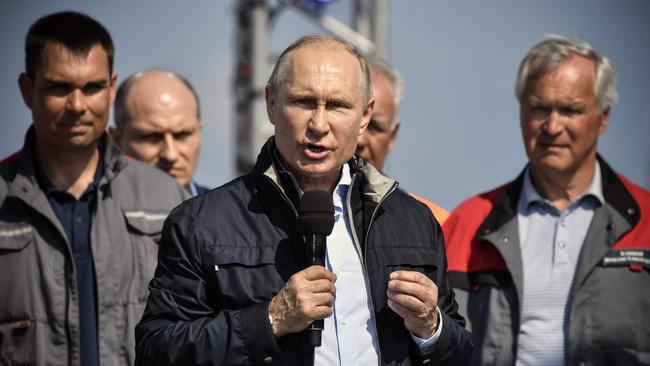
One of the central points of tension in US President Donald Trump’s strained efforts to end the war in Ukraine is a Black Sea peninsula that Russian President Vladimir Putin has placed at the heart of his national project.
For over a decade, successive US administrations, including Trump’s first, decried Russia’s armed seizure of Crimea in 2014 and said they would never recognise the land grab – but did little to help Kyiv get it back.
Now, Trump is publicly repudiating that stance, saying that the peninsula should become part of Russia to facilitate a peace deal to end the war.
In an interview with Time published on Friday, Trump said: “Crimea will stay with Russia.”
Ukraine’s President Volodymyr Zelensky has baulked at the suggestion, telling reporters that, “Ukraine will not legally recognise the occupation of Crimea.”
Since taking over the peninsula, Russia has clamped down on opposition and promoted a Russian vision of its history through museums, schools and the repression of dissent.
To Ukraine, and most of its allies, Russia’s takeover of Crimea was a violation of international law – and the West’s failure to strongly resist it fed Moscow’s appetite.
Initially, Russia insisted its troops weren’t present. Days after protests in Kyiv ousted a pro-Russian president in February 2014, men carrying rifles and wearing unmarked uniforms appeared outside the Russian naval base in Sevastopol.
Ukrainians protested to prevent Russians from entering the Crimean parliament but overnight, on February 27, special-forces troops burst inside, hoisted a Russian flag and later supervised a vote to hold a referendum on joining Russia.
The government in Kyiv, struggling to establish a new administration and dissuaded from fighting by Washington, didn’t give clear orders to soldiers in Crimea to resist – something Trump has criticised.
The Obama administration did little to stop the takeover, expressing its displeasure, calling on Russia to de-escalate and applying sanctions on some Russian officials. Trump has blamed then-president Barack Obama for allowing Russia to take Crimea, saying it wouldn’t have happened if he were in charge.
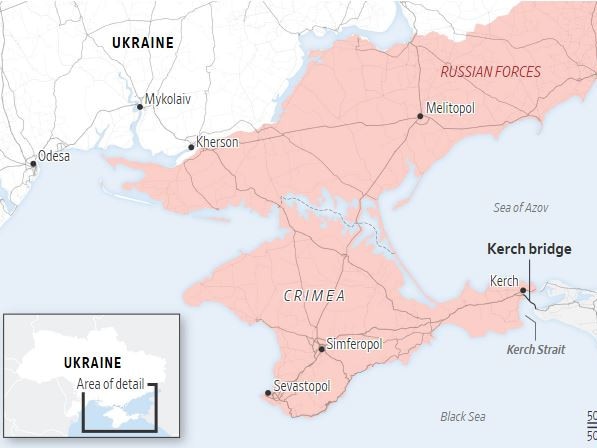
Crimea was transferred under Ukraine’s control in 1954 when then-leader of the Soviet Union Nikita Khrushchev signed a decree that cited the economic, territorial and cultural closeness of Crimea and Ukraine. When Ukraine held an independence referendum in 1991, over half of Crimean voters cast ballots in favour.
Russia presented its so-called referendum in 2014 as a homecoming steeped in Soviet nostalgia, a choice between Russian peace and Ukrainian “Nazism”, a word it frequently uses to smear opponents. Ukrainian television and radio channels were blocked.
At first, pro-Ukrainian demonstrations continued. A day of organised protest took place on March 9, the birthday of Ukraine’s national poet Taras Shevchenko.
Then the disappearances began, recalled Olha Skrypnyk, who taught history and lived in the seaside city of Yalta. Some 20 activists, two of them Skrypnyk’s colleagues, were detained.
“They were tortured, degraded, beaten, they put cigarettes out on them, forced them to sing the Russian anthem,” said Skrypnyk, who now runs the Crimean Human Rights Group, a nongovernmental humanitarian organisation.
A day before the referendum, a man’s body was found on the roadside, his head wrapped in adhesive tape and his body bearing signs of torture. He was identified as Reshat Ametov, an activist from the indigenous Crimean Tatar community who had been detained 12 days earlier.
The next day, March 16, Russians held their ballot at polling stations guarded by gunmen. Russia announced that 95.5 per cent of Crimeans voted in favour. Putin signed a law to integrate Crimea the following day in a ceremony at the Kremlin. In a later speech, Putin would say that Crimea was Russia’s Temple Mount.
“Crimea was the base from which everything began,” said Skrypnyk, who left Crimea the day of the referendum. “That’s why the takeover of Crimea was only the first step toward the full-scale invasion. Russia was not going to stop.”
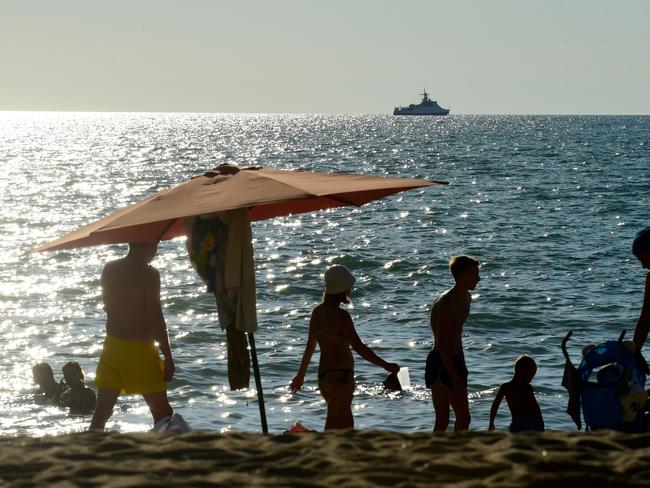

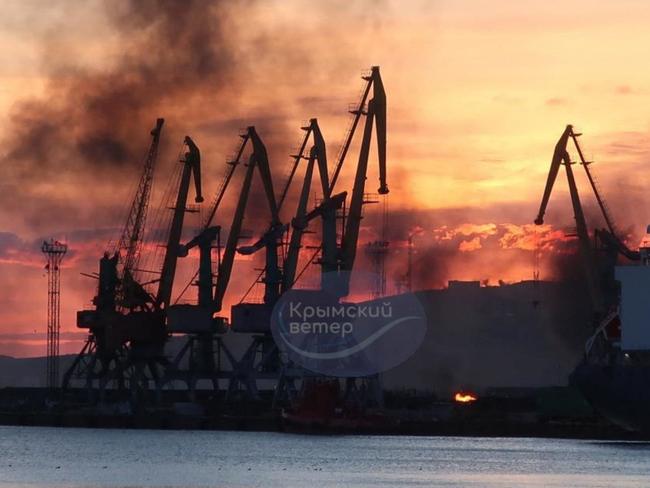
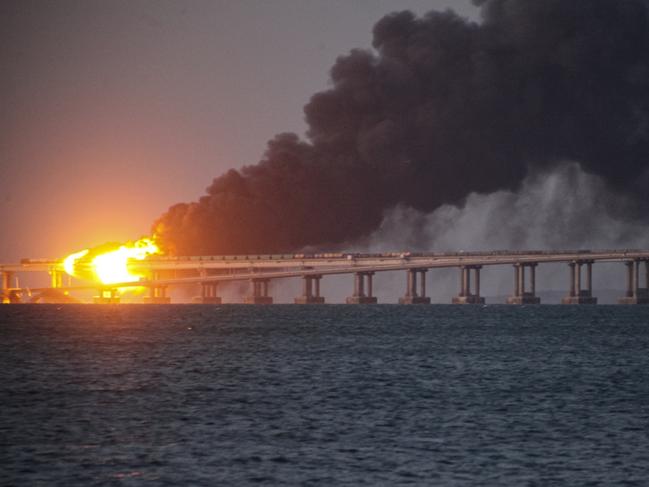
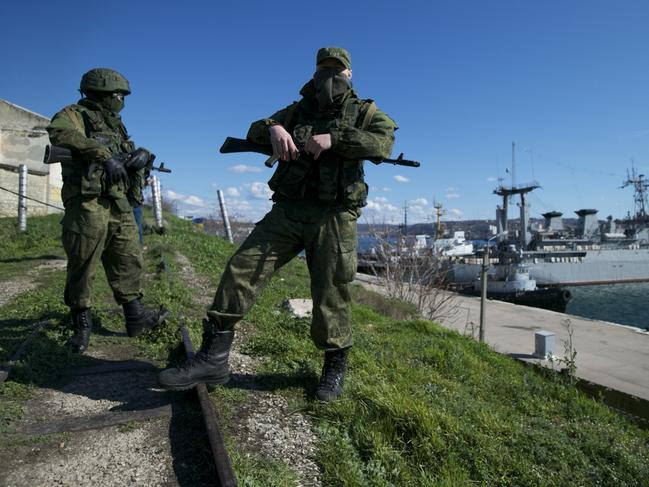
Russia swiftly began working to erase any trace of Ukraine in Crimea and stamp its own imprimatur, including by looting museums and destroying historical sites. As Russia increased its navy and army presence, families also flooded in. Newly launched government programs lured civilians into relocating in a bid to reshape the population.
By Ukraine’s estimates, about 800,000 Russians moved to the peninsula after the occupation, while at least 53,000 Ukrainian citizens left. The population before the takeover stood at 2.3 million, according to Ukrainian government figures.
The new authorities forced Russian passports on Ukrainian citizens, even when they were unwanted. Declining a passport meant losing access to healthcare, schools, work and pensions. Ukrainian passport holders were constantly harassed.
“To renounce the citizenship of the Russian Federation, you need to make an appeal to Putin,” said Olha Kuryshko, the Ukrainian president’s representative for Crimea. Most forego this step, fearing persecution.
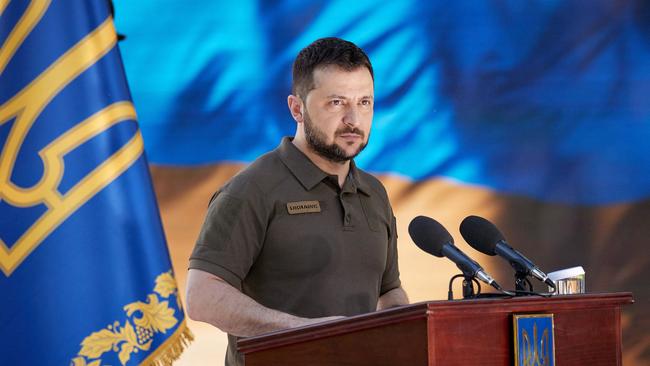
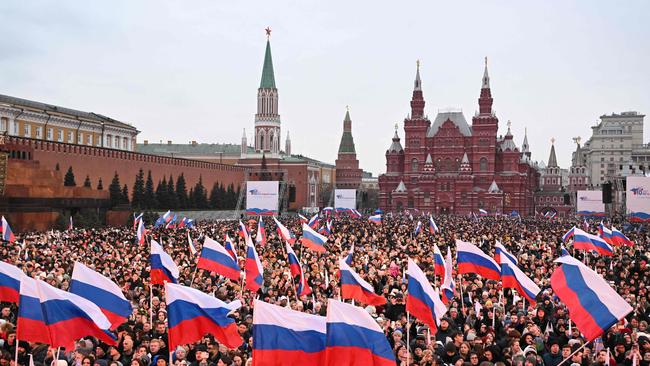
Russia established its own court system and relocated judges from the mainland to hold what Ukrainian authorities and human-rights experts denounce as illegitimate criminal proceedings targeting anyone Russian authorities deemed a threat, particularly activists and journalists. The repression was so vast that Russia opened additional detention facilities.
Crackdowns hit particularly hard the Crimean Tatars, who had been deported en masse under Stalin and only began returning when the Soviet Union repression softened in the 1980s.
“Occupation authorities constantly monitor pro-Ukrainian people and try to choke off any resistance movement and any freedom of speech,” said Viktoria Nesterenko, who heads Crimea monitoring for the human-rights watchdog Zmina. “This means they’re very afraid of these people.”
Youth summer camps became places of ideological re-education. Children learned how to handle weapons and throw grenades. The Russian authorities’ stated goal was to raise citizens ready to serve in the Russian army.
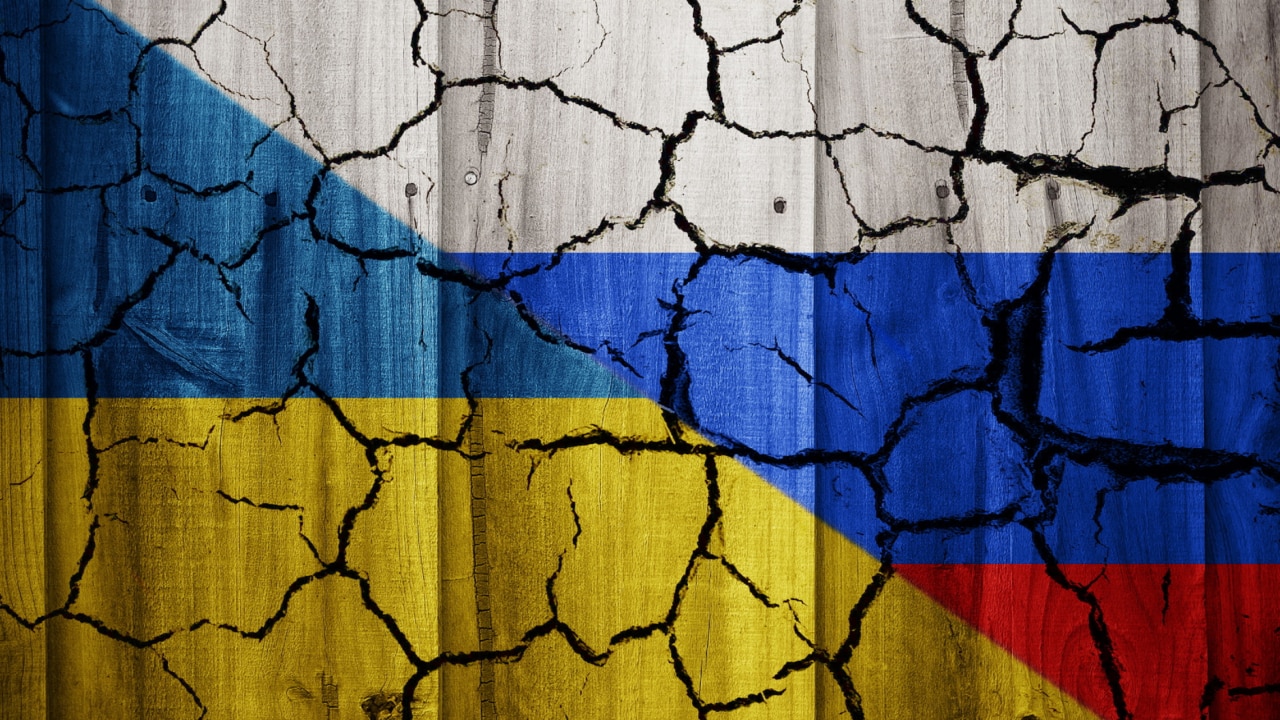
The jewel in Putin’s Crimean crown was a bridge across the Kerch Strait linking the peninsula to the Russian mainland, which took two years to build. When the bridge opened in 2018, Putin drove across it in a truck.
As it prepared for the full-scale invasion of Ukraine in 2022, Russia bolstered its forces in Crimea, using it as a launchpad for occupying the southern Ukrainian regions of Zaporizhzhia and Kherson.
Tanks rolled in from the peninsula to the mainland. Russia’s Black Sea fleet pummelled the Ukrainian coastline.
After Ukrainian territories were occupied in 2022, the peninsula acted as a logistics hub supporting the Russian army. Ukrainian missile and drone attacks were frequent, and the Kerch bridge was twice struck and had to be closed.

Russia used the port in Sevastopol to ship stolen grain out and prisons inside Crimea to keep newly detained Ukrainians in. Many of the thousands of children taken from Ukraine by occupation authorities were placed in Crimean camps.
Russia began cracking down more brutally on pro-Ukrainian sentiment. Since 2022, it has seized twice as many properties as in the eight years prior. Human-rights organisations say women and the elderly are increasingly targeted.
Because most of those detained are civilians, there are no mechanisms for prisoner exchanges. Authorities say 10 people from Crimea have been exchanged since 2014.
One of them is Leniye Umerova, a Crimean Tatar born in the region who moved away as a teenager after witnessing the occupation. At the end of 2022, she learned that her father was hospitalised and decided to visit him in Crimea, fearing not having said goodbye.
She travelled into Russia via the Caucasus republic of Georgia, where a Russian border guard asked her why she had a Ukrainian passport rather than a Russian one, given that her place of birth was listed as Crimea.
“I told him I didn’t want one,” Umerova said.
The Russians detained Umerova for over a year and a half, moving her around various prisons before charging her with espionage. She was exchanged back to Ukraine last fall. For Umerova, the suggestion that Crimea will be recognised as Russian sparks anger and indignation.
“I, as a Crimean, do not agree with this,” she said.
“We cannot give up Crimea.” Zelensky agrees, and has pushed back on the idea of Ukraine giving up the peninsula.
He appended to a social media message a 2018 Crimea Declaration by Trump’s then-secretary of state, Mike Pompeo.
Russia, he wrote, “sought to undermine a bedrock international principle shared by democratic states: that no country can change the borders of another by force’’, Pompeo said in the declaration.
Days earlier, Trump had been more ambiguous.
“What will happen with Crimea from this point on?” he said at a news conference. “That I can’t tell you.”
The Wall Street Journal



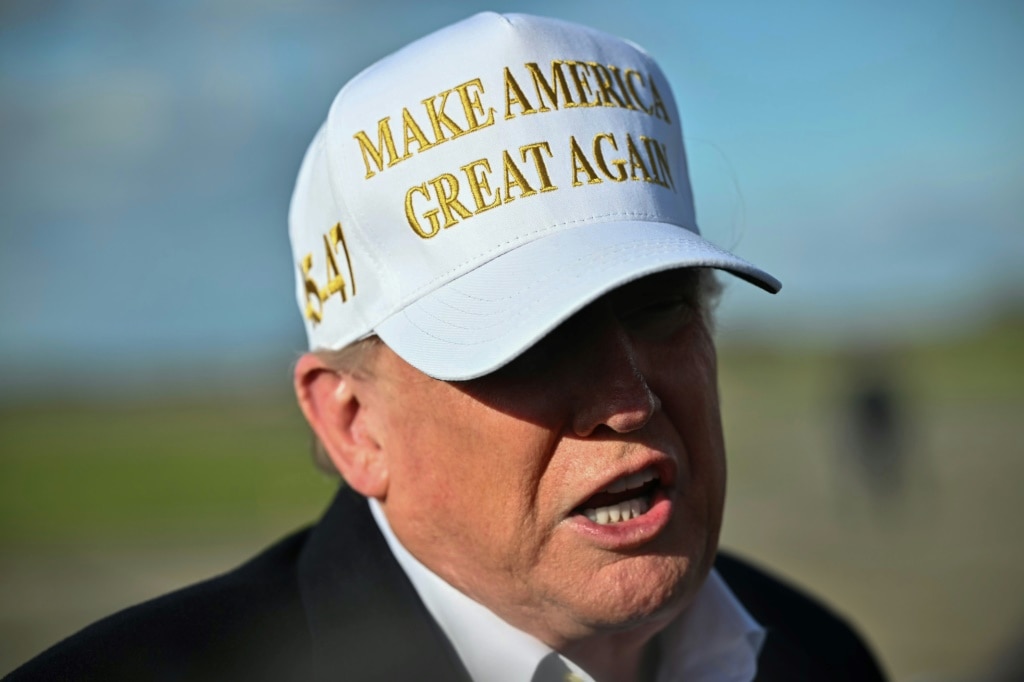

To join the conversation, please log in. Don't have an account? Register
Join the conversation, you are commenting as Logout